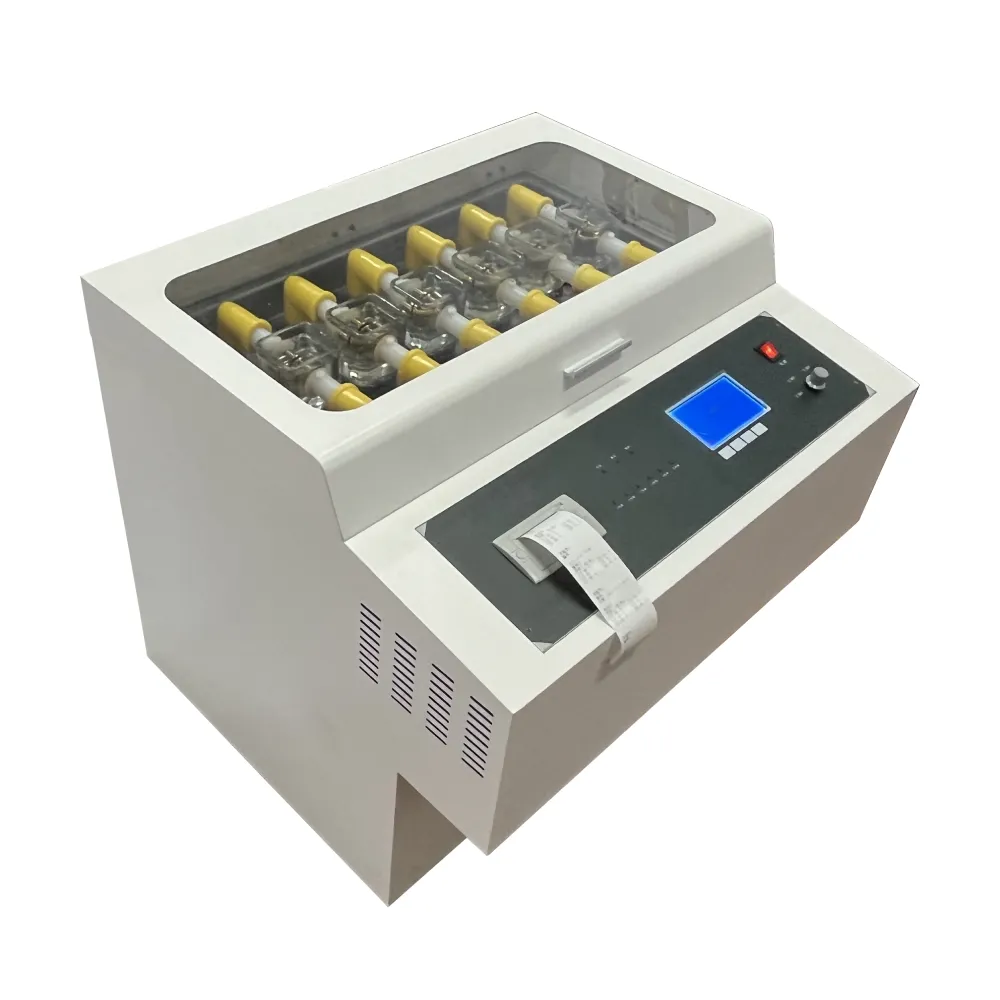 English
English



-
 Afrikaans
Afrikaans -
 Albanian
Albanian -
 Amharic
Amharic -
 Arabic
Arabic -
 Armenian
Armenian -
 Azerbaijani
Azerbaijani -
 Basque
Basque -
 Belarusian
Belarusian -
 Bengali
Bengali -
 Bosnian
Bosnian -
 Bulgarian
Bulgarian -
 Catalan
Catalan -
 Cebuano
Cebuano -
 China
China -
 China (Taiwan)
China (Taiwan) -
 Corsican
Corsican -
 Croatian
Croatian -
 Czech
Czech -
 Danish
Danish -
 Dutch
Dutch -
 English
English -
 Esperanto
Esperanto -
 Estonian
Estonian -
 Finnish
Finnish -
 French
French -
 Frisian
Frisian -
 Galician
Galician -
 Georgian
Georgian -
 German
German -
 Greek
Greek -
 Gujarati
Gujarati -
 Haitian Creole
Haitian Creole -
 hausa
hausa -
 hawaiian
hawaiian -
 Hebrew
Hebrew -
 Hindi
Hindi -
 Miao
Miao -
 Hungarian
Hungarian -
 Icelandic
Icelandic -
 igbo
igbo -
 Indonesian
Indonesian -
 irish
irish -
 Italian
Italian -
 Japanese
Japanese -
 Javanese
Javanese -
 Kannada
Kannada -
 kazakh
kazakh -
 Khmer
Khmer -
 Rwandese
Rwandese -
 Korean
Korean -
 Kurdish
Kurdish -
 Kyrgyz
Kyrgyz -
 Lao
Lao -
 Latin
Latin -
 Latvian
Latvian -
 Lithuanian
Lithuanian -
 Luxembourgish
Luxembourgish -
 Macedonian
Macedonian -
 Malgashi
Malgashi -
 Malay
Malay -
 Malayalam
Malayalam -
 Maltese
Maltese -
 Maori
Maori -
 Marathi
Marathi -
 Mongolian
Mongolian -
 Myanmar
Myanmar -
 Nepali
Nepali -
 Norwegian
Norwegian -
 Norwegian
Norwegian -
 Occitan
Occitan -
 Pashto
Pashto -
 Persian
Persian -
 Polish
Polish -
 Portuguese
Portuguese -
 Punjabi
Punjabi -
 Romanian
Romanian -
 Russian
Russian -
 Samoan
Samoan -
 Scottish Gaelic
Scottish Gaelic -
 Serbian
Serbian -
 Sesotho
Sesotho -
 Shona
Shona -
 Sindhi
Sindhi -
 Sinhala
Sinhala -
 Slovak
Slovak -
 Slovenian
Slovenian -
 Somali
Somali -
 Spanish
Spanish -
 Sundanese
Sundanese -
 Swahili
Swahili -
 Swedish
Swedish -
 Tagalog
Tagalog -
 Tajik
Tajik -
 Tamil
Tamil -
 Tatar
Tatar -
 Telugu
Telugu -
 Thai
Thai -
 Turkish
Turkish -
 Turkmen
Turkmen -
 Ukrainian
Ukrainian -
 Urdu
Urdu -
 Uighur
Uighur -
 Uzbek
Uzbek -
 Vietnamese
Vietnamese -
 Welsh
Welsh -
 Bantu
Bantu -
 Yiddish
Yiddish -
 Yoruba
Yoruba -
 Zulu
Zulu
knee voltage ct
Understanding Knee Voltage in CT Imaging Implications and Applications
Knee voltage in computed tomography (CT) refers to the specific voltage setting applied during imaging of the knee joint. This setting can significantly influence the quality of the images obtained, thereby impacting diagnosis and treatment planning. In diagnostic imaging, the goal is to obtain the clearest and most accurate representation of the body's internal structures, and voltage is a critical factor in achieving this.
Understanding Knee Voltage in CT Imaging Implications and Applications
When it comes to knee imaging, optimal knee voltage is crucial for enhancing the visibility of anatomical structures while minimizing radiation exposure. Radiologists and technicians must carefully calibrate kVp settings based on the patient's body size, the specific structures being examined, and the clinical question at hand. In general, a voltage range of 70 to 120 kVp is often used for knee CT scans. However, more recent advancements in imaging technology have introduced protocols that adjust knee voltage dynamically, allowing for more tailored imaging and reduced radiation doses.
knee voltage ct

One of the significant advancements in knee CT imaging is the development of dual-energy CT (DECT). This technique utilizes two different energy levels to differentiate between materials with varying atomic numbers, such as bone and soft tissue. By employing knee voltage adjustments effectively, DECT can provide enhanced image quality and better characterization of tissue composition. This is particularly valuable in assessing cartilage health or detecting early signs of osteoarthritis, a common condition affecting the knee joint.
Another critical factor in the determination of knee voltage is patient safety. The medical community is increasingly aware of the potential risks associated with radiation exposure. As such, the “as low as reasonably achievable” (ALARA) principle is often applied in imaging protocols. By optimizing knee voltage according to the individual patient's needs, radiologists can balance image quality with radiation safety, thereby improving patient outcomes.
Furthermore, the choice of knee voltage also has implications for post-processing techniques used in imaging. Many modern CT machines come equipped with advanced algorithms that enhance image reconstruction. These algorithms rely on optimal voltage settings to produce clearer images. For instance, when imaging for conditions like meniscus tears or ligament injuries, utilizing the appropriate knee voltage can significantly enhance the visibility of subtle abnormalities that might otherwise be overlooked.
In summary, knee voltage in CT imaging is a vital element that influences the quality of diagnostic images and, ultimately, patient care. By understanding the intricacies of kVp settings, radiologists can optimize imaging protocols to provide precise and accurate assessments of knee pathology. Innovations like dual-energy CT and ongoing advancements in imaging technology continue to refine how knee voltage is applied in practice, ensuring that the dual goals of image quality and patient safety are met. As research and development in this field progress, we can expect even more refined techniques that will further enhance our ability to diagnose and treat knee-related conditions effectively.
-
Exploring the Main Types of Industrial Endoscopes and Their Applications Across IndustriesNewsJul.04,2025
-
Testing Equipment Industry Sees Major Advancements in 2025: Smart & Precision Technologies Lead the WayNewsJun.06,2025
-
Applications of Direct Current Generators in Renewable Energy SystemsNewsJun.05,2025
-
Hipot Tester Calibration and Accuracy GuidelinesNewsJun.05,2025
-
Digital Circuit Breaker Analyzer Features and BenefitsNewsJun.05,2025
-
Benefits of Real-Time Power Quality Monitoring Devices for Industrial EfficiencyNewsJun.05,2025



